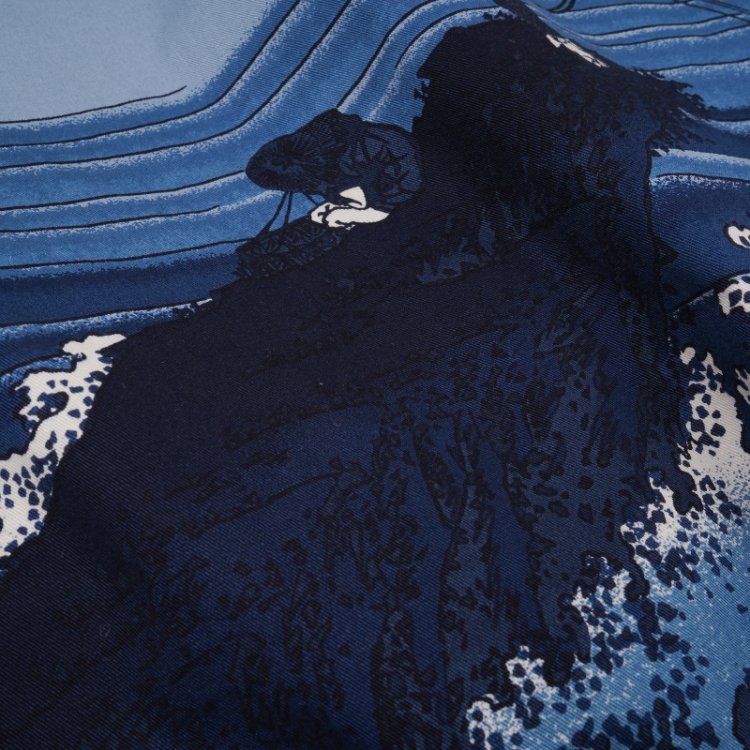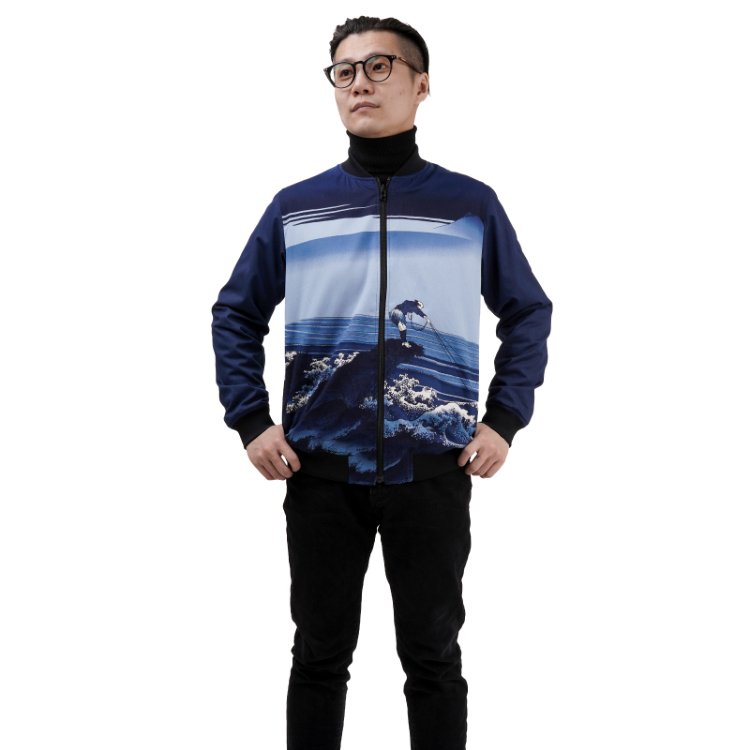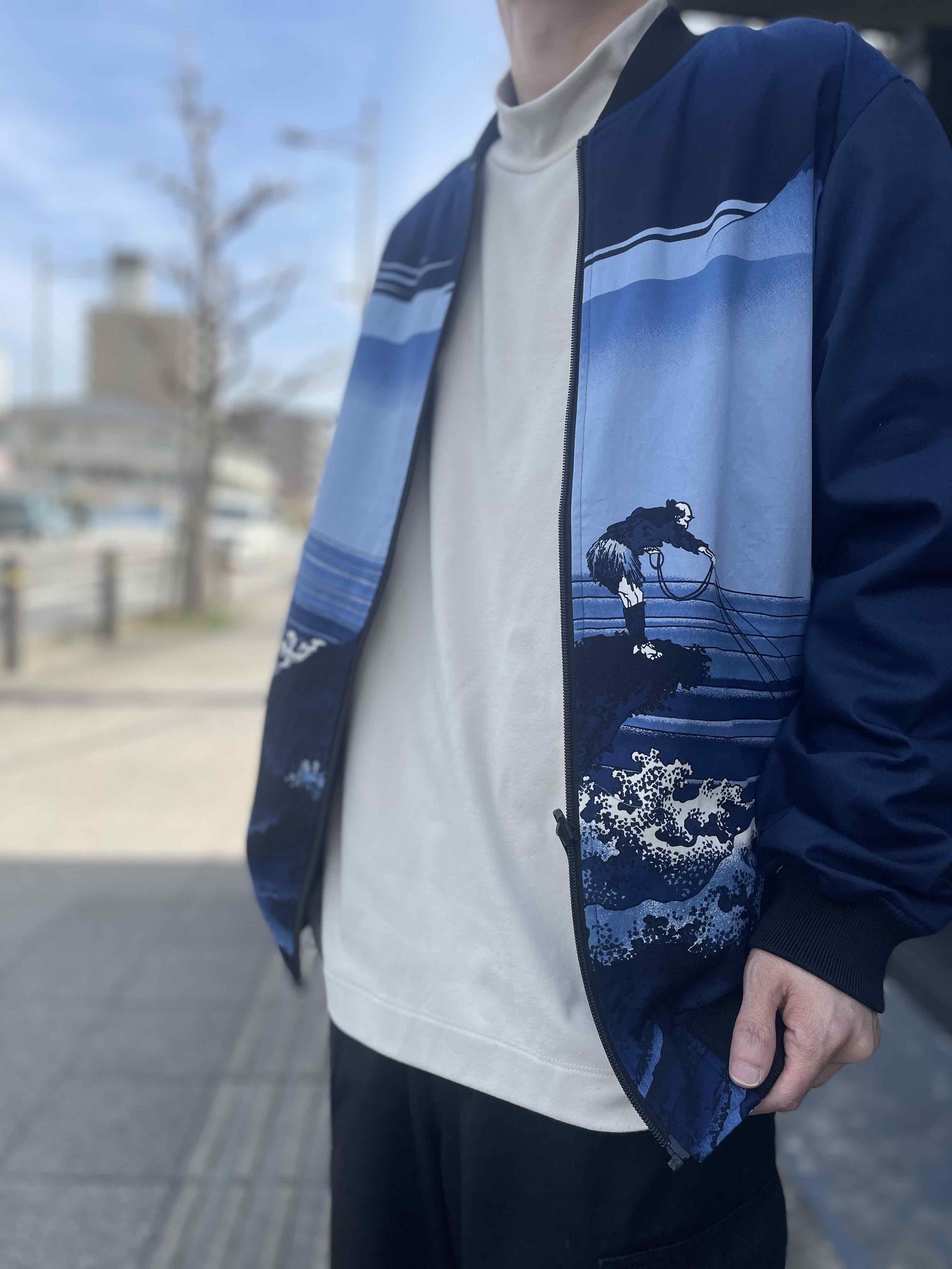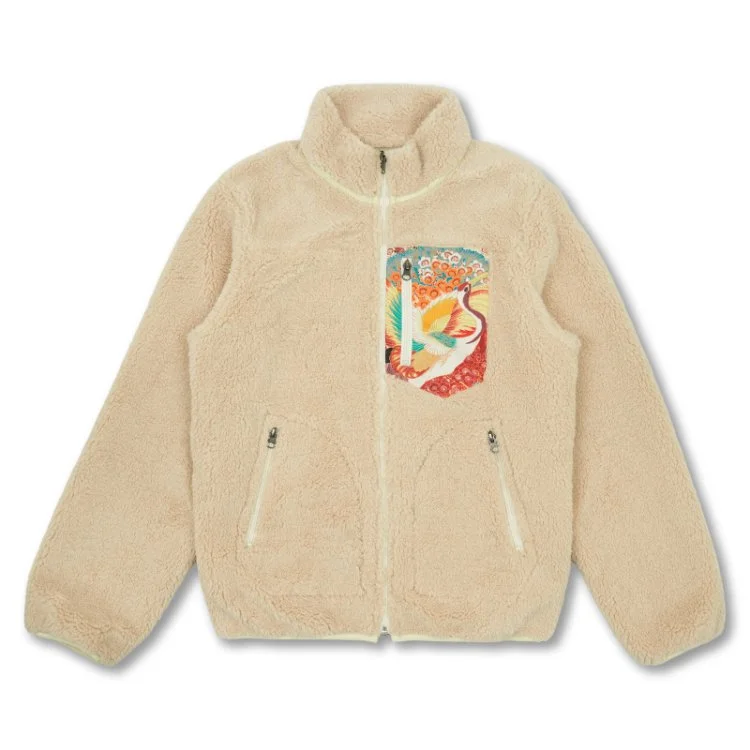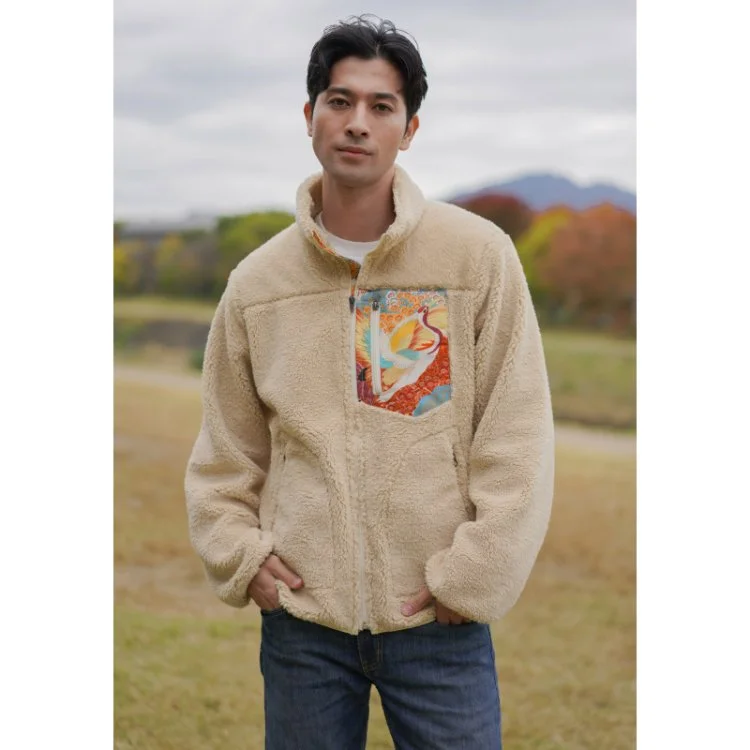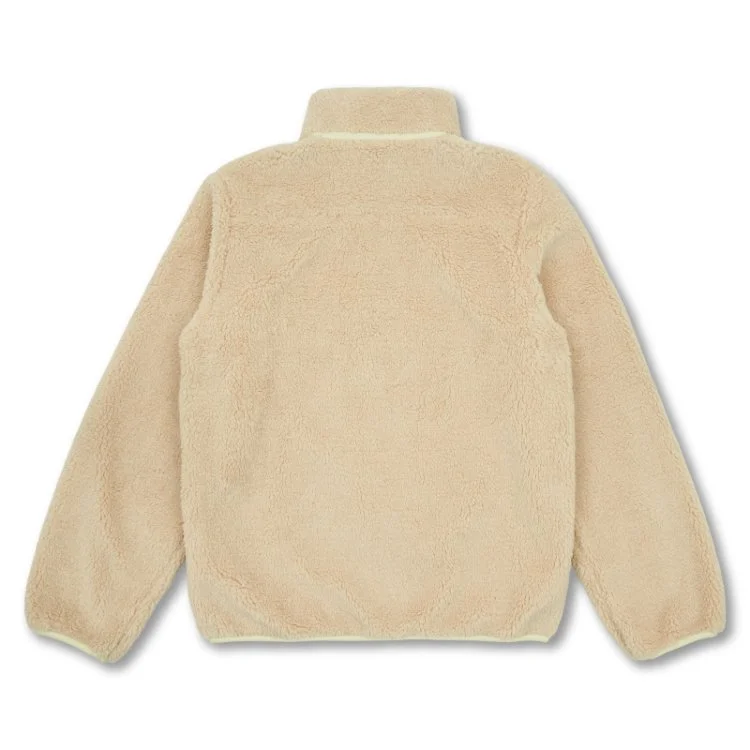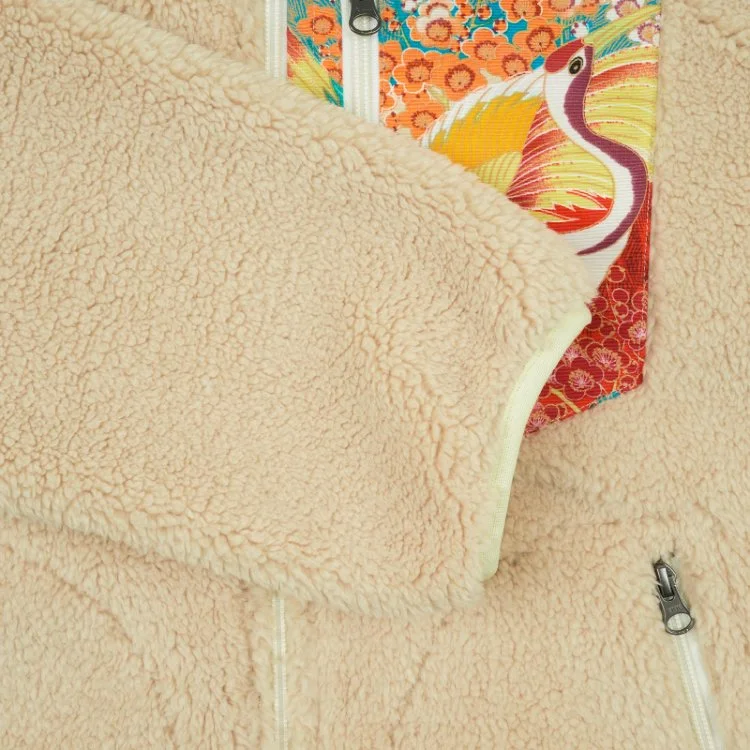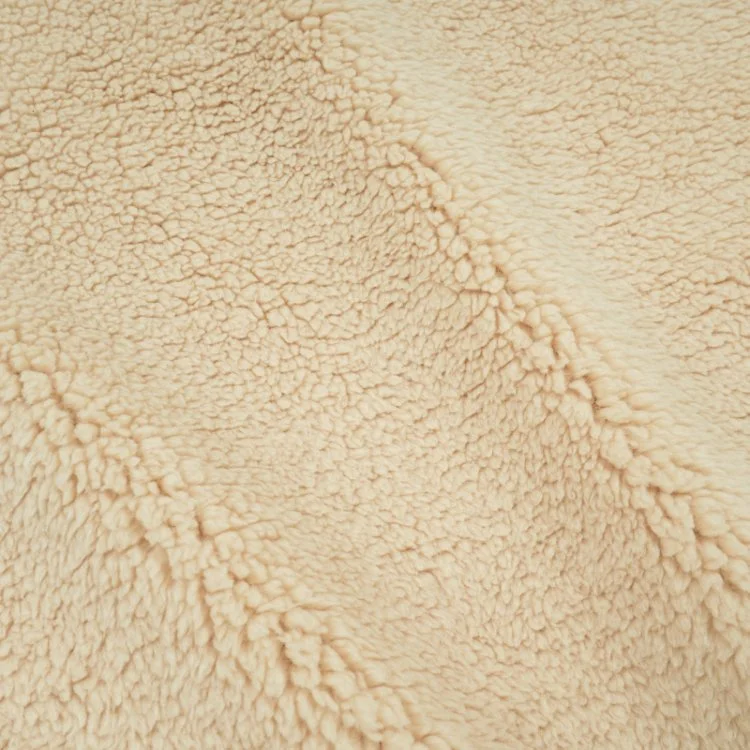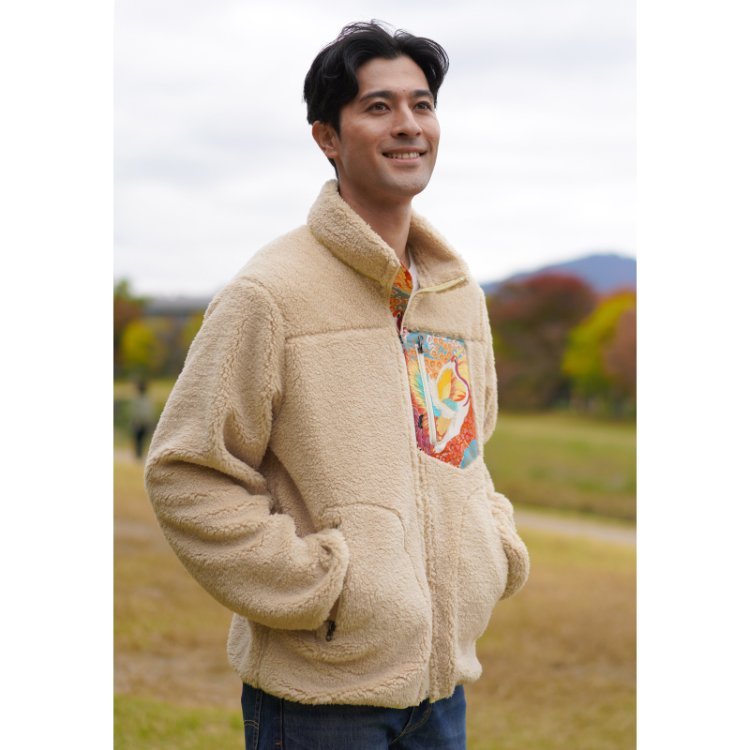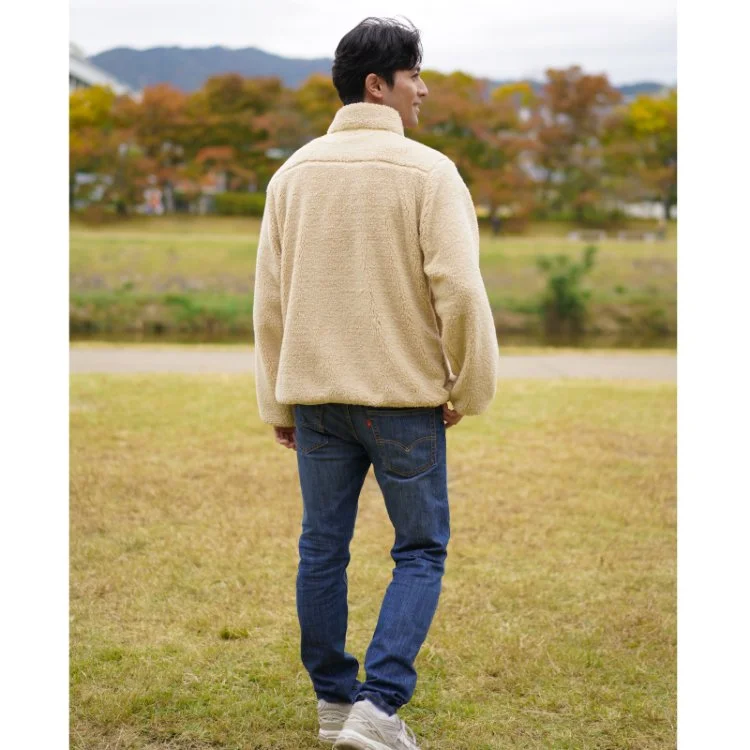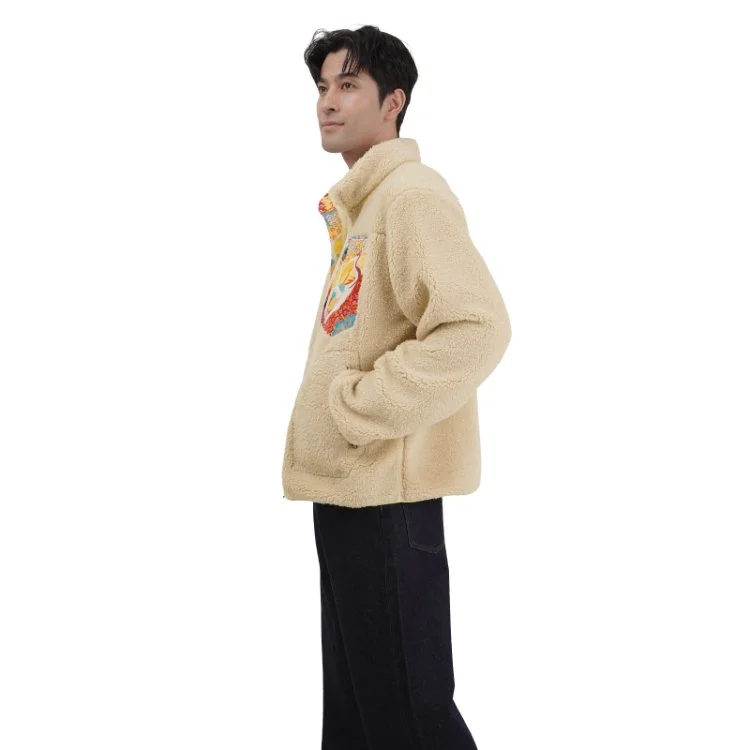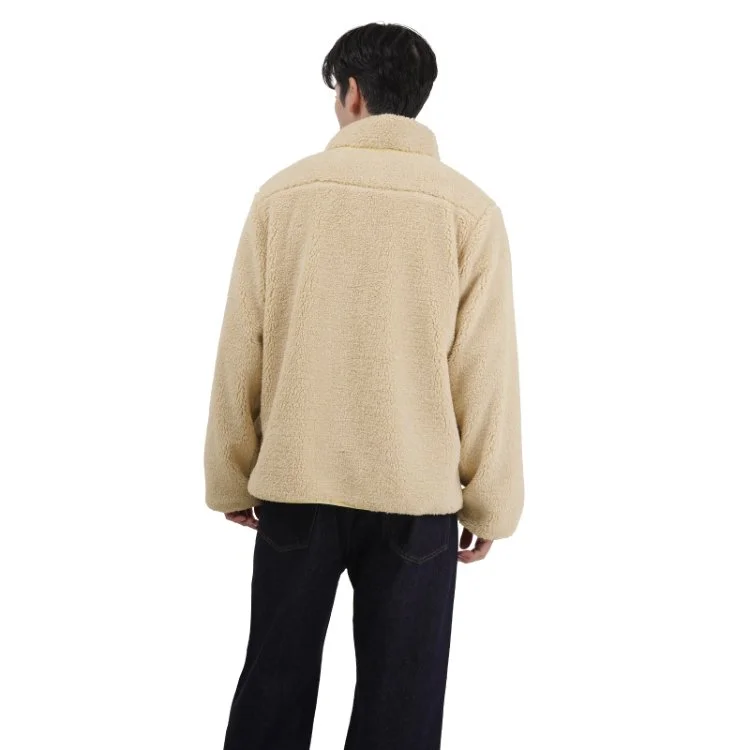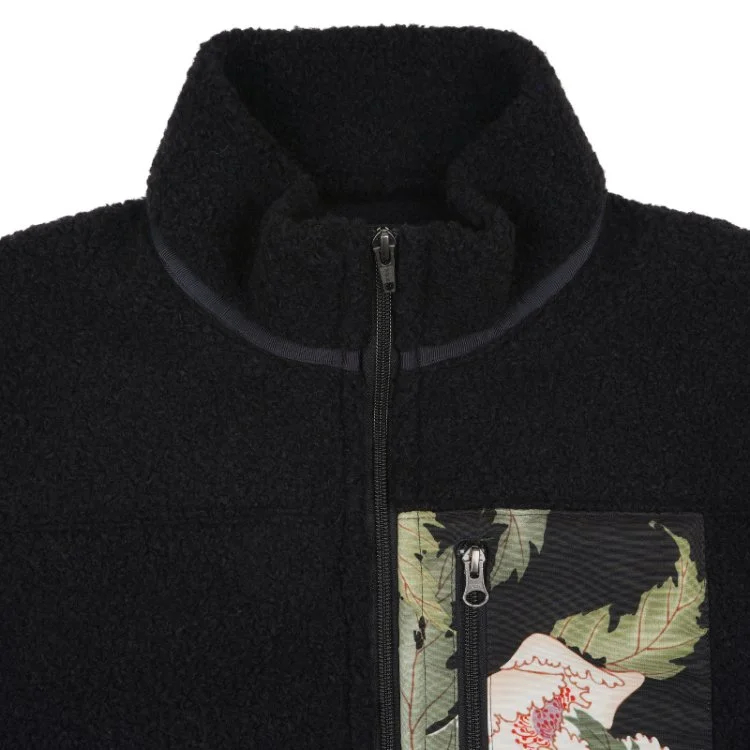 Image 1 of 17
Image 1 of 17

 Image 2 of 17
Image 2 of 17

 Image 3 of 17
Image 3 of 17

 Image 4 of 17
Image 4 of 17

 Image 5 of 17
Image 5 of 17

 Image 6 of 17
Image 6 of 17

 Image 7 of 17
Image 7 of 17

 Image 8 of 17
Image 8 of 17

 Image 9 of 17
Image 9 of 17

 Image 10 of 17
Image 10 of 17

 Image 11 of 17
Image 11 of 17

 Image 12 of 17
Image 12 of 17

 Image 13 of 17
Image 13 of 17

 Image 14 of 17
Image 14 of 17

 Image 15 of 17
Image 15 of 17

 Image 16 of 17
Image 16 of 17

 Image 17 of 17
Image 17 of 17


















"Gotenmari" Mountain Jacket
Color/ Light Brown Care Instruction
Japanese name/ 御殿鞠 (Gotenmari)
-About-
This is a kata-yuzen pattern from the early Showa period. It is a pattern for a child's kimono.
The word "Goten" (palace) was used to praise the elegant appearance of the design. The flowing strings have a graceful movement.
Goten-mari (palace balls) with beautiful designs were created as both decorative items and as a women's handicraft hobby.
At the beginning of the Showa period, designs featuring balls, kusudama (medicinal balls), and hiogi (folding fans) with gracefully flowing strings were widely used for children's kimono, so much so that a collection of designs was published under the name "Goten patterns." Originally, this pattern was known as the Ouchi (Daidairi) pattern, a dynastic style. It came to be considered auspicious, symbolizing wealth and refined harmony, reminiscent of the elegant customs of court life.
・Polyester 100% (Pocket and Main Body)
・Made in Kyoto
・Kyo-Yuzen dye method
・Hand-wash
・Currency : US Dollar (USD)
Color/ Light Brown Care Instruction
Japanese name/ 御殿鞠 (Gotenmari)
-About-
This is a kata-yuzen pattern from the early Showa period. It is a pattern for a child's kimono.
The word "Goten" (palace) was used to praise the elegant appearance of the design. The flowing strings have a graceful movement.
Goten-mari (palace balls) with beautiful designs were created as both decorative items and as a women's handicraft hobby.
At the beginning of the Showa period, designs featuring balls, kusudama (medicinal balls), and hiogi (folding fans) with gracefully flowing strings were widely used for children's kimono, so much so that a collection of designs was published under the name "Goten patterns." Originally, this pattern was known as the Ouchi (Daidairi) pattern, a dynastic style. It came to be considered auspicious, symbolizing wealth and refined harmony, reminiscent of the elegant customs of court life.
・Polyester 100% (Pocket and Main Body)
・Made in Kyoto
・Kyo-Yuzen dye method
・Hand-wash
・Currency : US Dollar (USD)
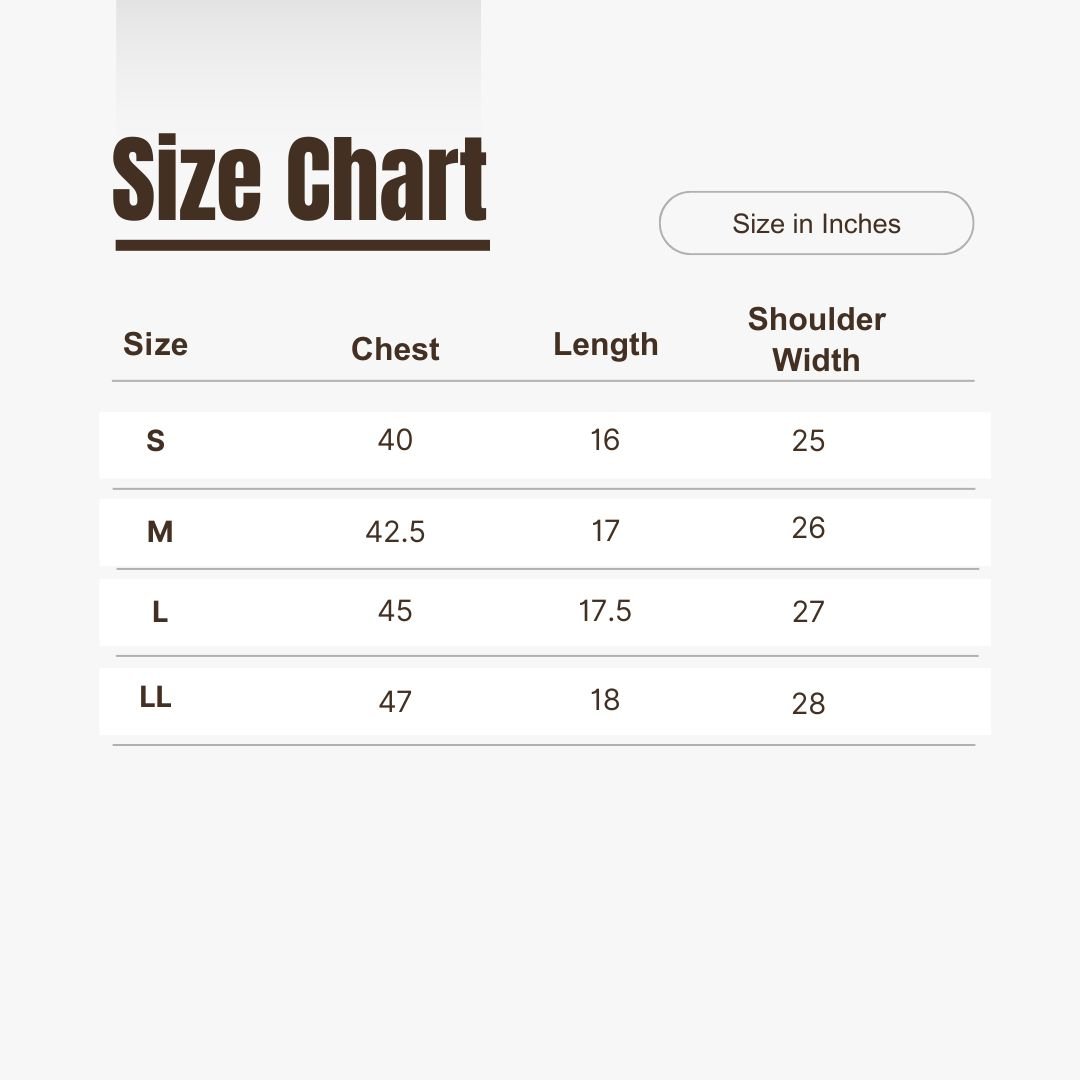

If there is anything we can help you with, please feel free to let us know.
MAIL to : Pagong Kyoto
Contact Form >> www.pagongkyoto.com/contact









